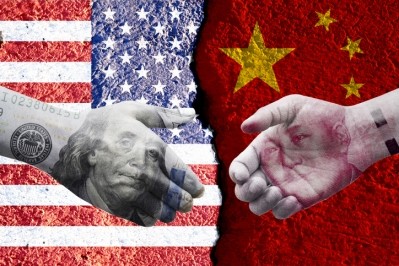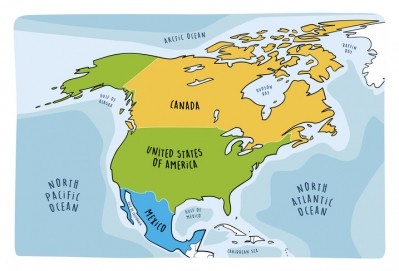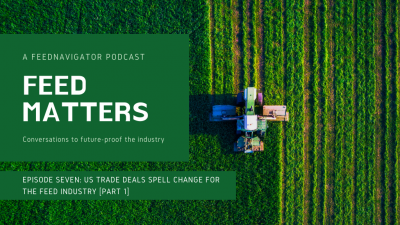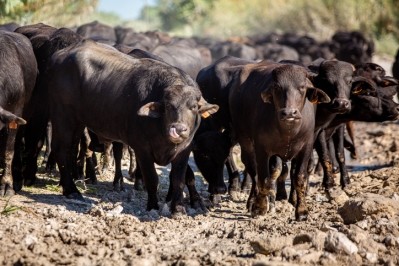US feed ingredients, pork to see easing of Chinese tariffs

The Chinese Customs Tariff Commission of the State Council announced Friday [December 6] that it was planning to exclude some commodities, including soybeans and pork, from retaliatory tariffs brought in response to the US’s section 301 tariffs against China.
Companies have to apply for exemptions to have the fees waived and it is unclear at this time which commodities will see the reduction.
The move comes during a period of continuous negotiation between the US and China regarding a 'phase one' trade deal and prior to a potential increase of tariffs on Chinese goods imported to the US. Currently, the US is set to have another round of tariffs take effect on goods from China on December 15.
How the trade war started:
In April 2018, the US concluded a Section 301 investigation into China’s actions and policy related to technology transfer, innovation and intellectual property and found the country’s practices to be “unreasonable or discriminatory.” The result prompted the imposition of tariffs on a selection of goods imported from China.
China set 25% import tariffs on US soybeans and pork in July 2018.
Chinese companies will have the ability to independently import an amount of select goods covered by the tariff exclusion, according to an unofficial translation of the finance ministry’s announcement. Each enterprise importing goods excluded from the tariffs has to negotiate and import on its own and manage its “profits and losses.”
The statement follows the reopening of the Chinese market to US poultry and poultry products. In November, China ended a ban on importing poultry products that had been in place since January 2015 following an outbreak of avian influenza. The US has been clear of the disease since mid-2017.
Feed industry seeks details
Feed ingredient producers also are looking for more specifics following the announcement, and in regards to the potential trade agreement being developed between the US and China, said Davie Stephens, president of the American Soybean Association (ASA).
Members of the agriculture industry are hopeful, he told us. “Any time two sides are discussion something – as opposed to [having] closed doors, we’re not even having discussions at this time – that’s a positive thing,” he added.
However, few specifics are known regarding either the elements of the phase one trade deal or China’s recent announcement regarding easing of tariffs, he said. “Until we’re told what’s going on, we just have hope,” he added.
“No one really knows yet, what came out Friday,” he said. “It is still unclear and that’s one of the challenging things.”
The first positive step is that both sides are speaking, Stephens said. The second hope producers have is that there will be an agreement reached that provides solid details for industry members.
The larger perspective for feed grain producers is the interest in having free trade with counterparts in other countries, including with China, he said.
“Hopefully we’ll get USMCA [US Mexico Canada Agreement] and once it comes to the floor [in Congress] it passes,” he said. “That will help not only soy but a lot of industries that depended on the old NAFTA [North American Free Trade Agreement]/new USMCA.”
“Two things that they need, that’s really something that can help them… we are getting a farm bill in place, and it’s being implemented correctly, and we need to continue in those efforts and continue pushing for our renewable fuels,” he said.












